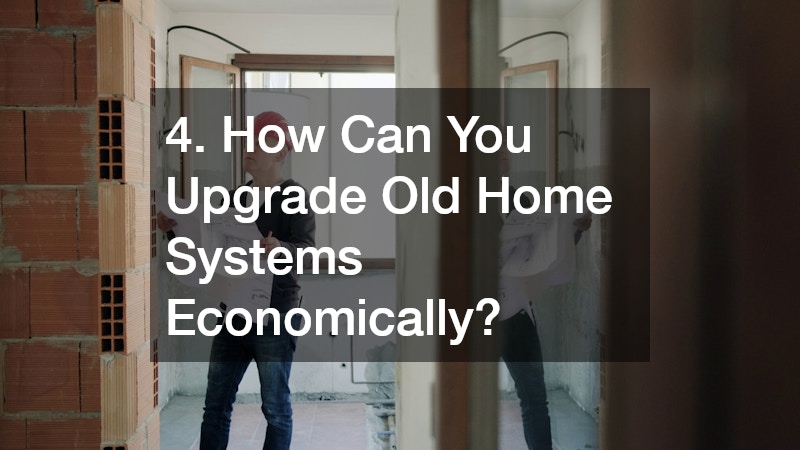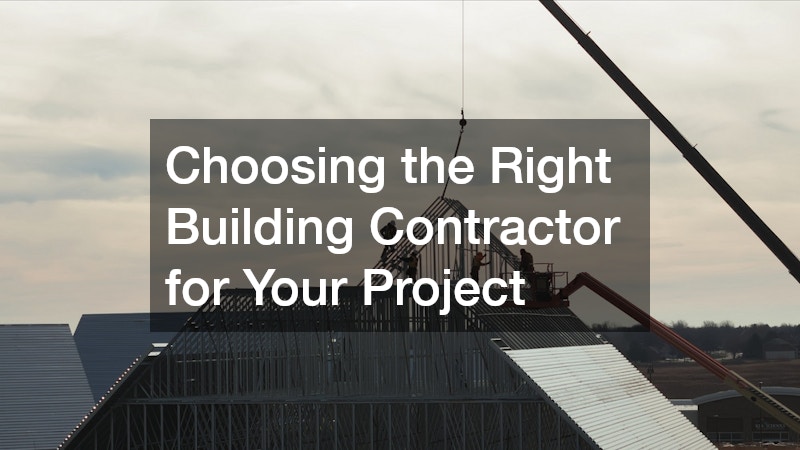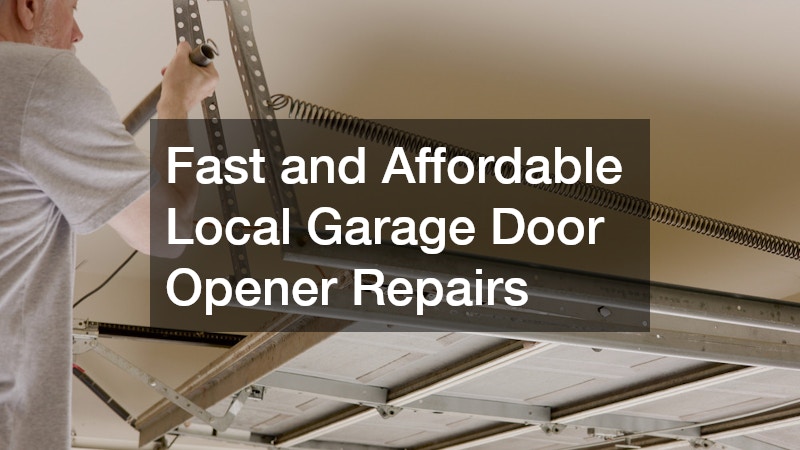Modernizing an older home can feel like a daunting challenge—especially when you’re trying to balance cost, functionality, and style. But breathing new life into a dated property doesn’t have to mean draining your savings account. With smart planning, practical choices, and a focus on upgrades that deliver maximum value, you can transform your aging home into a modern, efficient, and beautiful space.
This guide offers a comprehensive look at how to modernize an older home on any budget. Whether you’re working with limited funds or have more flexibility to invest, you’ll discover creative, cost-effective ways to enhance your home’s comfort, energy efficiency, and aesthetic appeal. From simple weekend projects to strategic system upgrades, every improvement contributes to the long-term value and livability of your property.
Modernization is not just about appearance—it’s about function and sustainability. We’ll explore how insulation companies can help you save on energy bills, how local contractors can assist with essential repairs, and which modern technologies can be incorporated affordably. By the end of this guide, you’ll have a clear roadmap to updating your home with style and purpose—without breaking the bank.
1. What Are the Cost-Effective Ways to Modernize Your Home?

One of the first steps in modernizing an older home is identifying improvements that provide the most impact for the least cost. Prioritizing projects that enhance efficiency, safety, and comfort ensures that your investment goes further.
A great place to start is improving insulation. Older homes often lack proper insulation, which leads to heat loss and higher energy bills. Partnering with local insulation companies can make a big difference. Professionals can assess your home’s energy performance and recommend cost-effective solutions, such as blown-in cellulose or spray foam insulation. These upgrades not only reduce monthly utility costs but also increase overall comfort year-round.
Next, consider small-scale updates that deliver noticeable results. Replacing outdated lighting with LED fixtures, sealing windows and doors, and upgrading thermostats to programmable or smart models can quickly modernize the home’s atmosphere. Refinishing hardwood floors, repainting walls with modern neutral tones, and replacing old hardware or fixtures can instantly give rooms a contemporary edge.
If your home has drafty areas, outdated plumbing, or poor air circulation, addressing these functional issues first ensures that aesthetic improvements will last. Modernization is as much about what’s behind the walls as what’s on them.
2. How Can You Update Your Home’s Interior Design on a Budget?
Modernizing your home’s interior doesn’t require a complete overhaul. With creativity and planning, you can achieve a refreshed look without overspending.
Begin with decluttering and reimagining existing spaces. Many older homes have excellent craftsmanship—solid wood doors, detailed trim, and unique floor plans. Highlight these elements with a minimalist approach. A fresh coat of paint in light, neutral tones opens up rooms and reflects natural light, instantly giving an updated feel.
Updating furniture and decor doesn’t have to mean buying everything new. Consider refinishing, reupholstering, or painting existing pieces to fit your desired aesthetic. Affordable design upgrades like peel-and-stick wallpaper, modern light fixtures, and area rugs can transform interiors with minimal expense.
If you’re tackling bigger issues like ceiling stains or water damage, roof repair should be a priority before any cosmetic changes. A leaky roof can undo your hard work quickly, so inspect for signs of wear and address any issues promptly.
Adding new textures through accent walls, natural materials like wood and stone, and layered lighting can also enhance the interior. Focus on rooms you use most often—like the kitchen and living areas—for the greatest return on investment.
3. What Low-Cost Options Are There for Enhancing Curb Appeal?
First impressions matter, and your home’s exterior sets the tone for what’s inside. Fortunately, improving curb appeal doesn’t always require major construction or landscaping overhauls.
Start with basic maintenance—power wash siding, walkways, and driveways to remove years of dirt and grime. Fresh paint on the front door or shutters can completely change your home’s look. Add affordable outdoor lighting to highlight architectural details and improve safety.
Your lawn and landscaping are equally important. Trim overgrown bushes, replace dying plants, and add fresh mulch around flowerbeds. For larger projects like driveway resurfacing, you can work with a local AC contractor or general service provider who can recommend reliable professionals for related upgrades.
If your siding is in poor condition, repainting or replacing damaged panels can make a world of difference. For those on a budget, focusing on visible areas—like entryways and trim—can maximize visual impact. A tidy, well-kept exterior immediately makes your home feel more modern and welcoming.
4. How Can You Upgrade Old Home Systems Economically?

Older homes often come with outdated systems that can be inefficient and expensive to operate. The key to modernizing them without overspending is to focus on strategic upgrades that improve function and reliability.
Start with your kitchen and bathrooms, which tend to show their age the fastest. Instead of full remodels, you can refresh these spaces by upgrading hardware, installing new faucets, and refinishing cabinets. Partnering with a cabinet company that offers refacing or custom replacements allows you to achieve a modern look at a fraction of the cost of a full renovation.
Plumbing and electrical systems are also crucial. Replace outdated wiring or pipes in phases if your budget is limited. Updating appliances to energy-efficient models can yield long-term savings on utilities.
Heating and cooling systems are another area where modernization pays off. Adding insulation, sealing ducts, or upgrading to a high-efficiency HVAC unit—often through a local service provider—can improve comfort while reducing energy waste.
5. Which Smart Home Technologies Are Budget-Friendly?
Smart home technology has become more accessible than ever. Even on a modest budget, you can integrate tech upgrades that make your home safer, more efficient, and easier to manage.
Start small with smart plugs, Wi-Fi thermostats, and LED lighting systems that can be controlled from your smartphone. These affordable additions provide immediate convenience and energy savings.
Next, consider smart security systems—video doorbells, cameras, and motion sensors can be installed without professional assistance. Voice-controlled assistants like Alexa or Google Home can unify your systems for easy control.
When it comes to exterior upgrades, working with siding contractors can help you plan for the future. Many modern siding options integrate better insulation and smart moisture control layers that protect your home and improve efficiency. Combining new materials with smart tech—like energy monitoring sensors—creates a more sustainable, modern environment.
6. What Role Does Sustainability Play in Modernizing Older Homes?
Sustainability isn’t just a buzzword—it’s a practical and cost-saving approach to home modernization. Incorporating eco-friendly materials and methods can lower long-term costs and reduce your environmental footprint.
Start with energy efficiency. Upgrading insulation, sealing leaks, and installing energy-efficient windows are top priorities. Consider renewable options like solar panels or solar water heaters if your budget allows.
For homeowners focused on exterior improvements, eco-friendly driveways are another great investment. Working with a driveway sealcoating service ensures your pavement is protected from damage while using environmentally safe materials. Regular sealcoating extends the lifespan of your driveway and reduces the need for costly replacements.
Inside, sustainable choices include using low-VOC paints, reclaimed wood, and water-saving fixtures. These updates not only improve indoor air quality but also appeal to future buyers who value eco-conscious design.
7. How to Plan a Manageable Home Renovation Project

Planning is the key to successful modernization—especially on a budget. Without a clear plan, it’s easy to overspend or lose focus.
Start by assessing your priorities. Which areas of your home need the most attention? Create a list of “must-haves” versus “nice-to-haves.” Set a realistic budget and add a 10–15% cushion for unexpected expenses.
Break large projects into smaller phases. For instance, tackle one room at a time or focus on functional repairs before cosmetic upgrades. Collaborate with local experts like a local hardscaping contractor to improve your outdoor living space while staying within budget. They can help design affordable patios, retaining walls, or walkways that enhance both beauty and value.
Always obtain multiple quotes for professional work, and research contractors’ reputations carefully. Planning ensures your modernization project progresses smoothly, without unnecessary stress or cost overruns.
8. What Are Some Pitfalls to Avoid When Modernizing an Older Home?
While modernizing an older home can be rewarding, it’s easy to fall into common traps that waste money or compromise quality.
One major mistake is skipping proper inspections. Older homes can conceal issues like outdated wiring, asbestos, or structural damage. Always inspect before you invest.
Another pitfall is prioritizing style over substance. Aesthetic updates are exciting, but functionality should come first. Address issues like plumbing, roofing, and insulation before focusing on design. Neglecting these essentials can lead to expensive problems later.
Working with professionals—like a reputable gutter company—can also prevent costly mistakes. Proper drainage protects your foundation and siding from water damage, saving you thousands in future repairs.
Lastly, avoid underestimating time and cost. Renovations often take longer and cost more than anticipated. Setting realistic expectations and staying flexible will keep your project on track.
9. How Can You Add More Space Economically in an Older Home?
Adding space doesn’t always mean building an addition. There are many creative and affordable ways to make your home feel larger—both visually and functionally. With the right approach, you can transform underused or cluttered areas into purposeful, open, and inviting spaces.
Start by reconfiguring existing areas. Removing non-load-bearing walls between the kitchen, dining, and living areas can create an open-concept floor plan that feels brighter and more modern. Even widening a doorway or adding glass-paneled doors can enhance the sense of flow between rooms. If your home has an unfinished basement or attic, consider converting those areas into a guest suite, office, or family room. These projects typically cost far less than full additions while dramatically increasing livable space and resale value.
Small-scale changes can also make a big impact. Built-in shelving, under-stair storage, and multi-purpose furniture—like sleeper sofas or fold-down desks—maximize every inch of your existing footprint. Mirrors and light color palettes help rooms feel more expansive by reflecting natural light.
Don’t overlook your outdoor areas. Partnering with a local mulching service or landscaping expert can help define functional zones in your yard, such as patios, gardens, or shaded seating areas, effectively extending your living space. Finally, if you’re considering new construction, modular or prefabricated extensions provide cost-effective, time-saving solutions with minimal disruption to your existing home.
10. What Are the Benefits of Hiring Professionals vs. DIY Projects?

When modernizing an older home, deciding between professional help and DIY projects can significantly affect results. Both approaches have benefits—but knowing when to call in experts is crucial.
DIY projects can save money and offer a sense of accomplishment. Simple tasks like painting, installing shelves, or upgrading light fixtures are ideal for homeowners with basic skills. However, more complex work—such as electrical, roofing, or plumbing—should be left to professionals to ensure safety and compliance.
Hiring specialists, such as a power washing service, can also provide professional-quality results at minimal cost. They can restore your home’s exterior, decks, and walkways quickly and safely, giving your property a fresh, modern appearance.
Professionals bring expertise, proper tools, and warranties for their work, ensuring long-term value. The best approach often involves a mix: tackle manageable DIY tasks to save money, and bring in experts for high-impact or technically demanding upgrades.
Transforming an older home into a modern haven is completely achievable—no matter your budget. By focusing on efficiency, sustainability, and thoughtful design, you can breathe new life into every corner of your property. Strategic investments in insulation, roofing, siding, and cabinetry can make a lasting impact, while affordable technology and curb appeal updates deliver instant rewards.
Whether you choose to handle projects yourself or collaborate with local professionals—from insulation companies to power washing services—your efforts will pay off in comfort, value, and style. With careful planning and a clear vision, your older home can blend timeless charm with the best of modern living—beautiful, functional, and built to last.



